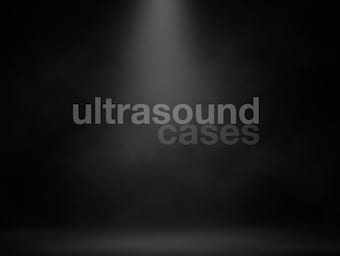
Barbiturate Overdose
Barbiturates cause severe CNS and respiratory depression and may mimic brain death

Barbiturates cause severe CNS and respiratory depression and may mimic brain death

Benzylpiperizine: hallucinogenic stimulant with similar effects to amphetamines and MDMA; once studied as an antihelminthic agent but abandoned due to side effects

Carbamazepine Toxicity

A 24 year old woman presents with generalised abdominal discomfort. She is concerned she looks pregnant but numerous pregnancy tests have been negative.

Anorexia Nervosa = chronic, severe, multi-system disorder which is rooted in a fear of becoming overweight with deliberate weight loss

Status epilepticus is considered to have occurred when a generalised tonic-clonic seizure has lasted greater than 30 minutes.

Funtabulously Frivolous Friday Five 111 - Just when you thought your brain could unwind on a Friday, some medical trivia FFFF.

Logistic regression analysis is used to predict a dependent binary outcome (yes/no, dead/alive) based on one or more predictor variables

Cervical Spine Fractures

Burns are injuries to tissues caused by heat, friction, electricity, radiation, or chemicals. Burn injury is characterised by a hypermetabolic response with physiologic, catabolic and immune effects

Glucagon is traditionally considered a first line antidote for beta-blocker overdose. Glucagon has also been used in the setting of calcium channel blocker toxicity

Digibind: trade name for digoxin antidote containing Digoxin-specific antibody Fab fragments; prudent to administer based on a considered risk assessment and before the life-threatening manifestations of digoxin toxicity develop